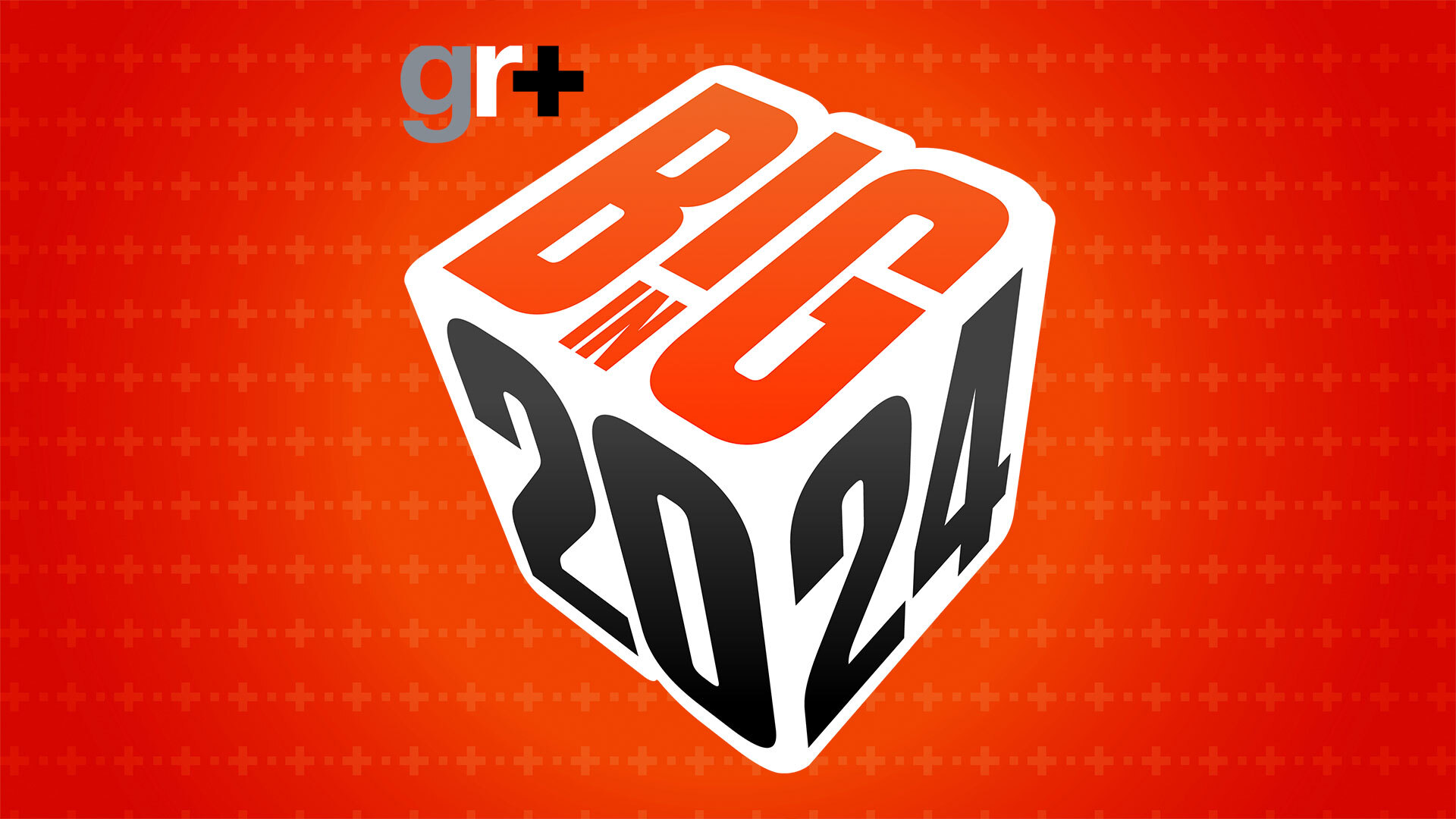
Few upcoming games have stayed on my mind quite like The Plucky Squire. Following the journey of storybook characters, we take on the role of the young plucky squire, Jot, who's joined by his friends, Thrash and Violet. As well as venturing through the 2D pages of a book, we'll also get to hop into the 3D world that exists outside of it. With various puzzle scenarios set across both worlds, the jump from two to three-dimensional levels looks set to deliver creative challenges as we try to restore the book's happy ending, and put a stop to the tale's villain, Humgrump.
Since its initial reveal in the Devolver Digital showcase last year, my sense of anticipation has only grown as I've seen and heard more - And that's not only thanks to the promise of inventive, dimension-hopping action. With a delightful artstyle and character designs that literally and figuratively jump off the page, there are so many imaginative, playful little details that make The Plucky Squire sound like one downright charming journey; right down to the names of the characters that feed into the nature of the setting.
"Jot and friends are based on characters that have been floating around in my sketchbooks for a number of years – a squire hero, a mountain troll, a young witch, and a peppy mouse," co-director James Turner says. "These particular characters seemed like they'd make a good team of unlikely heroes for this story. These young adventurers live in the land of Mojo, which is a land of creativity, and each of the characters has a particular creative passion, which is where their names come from. Jot is a writer, Thrash is a heavy metal drummer, and Violet is an artist with a love of color."
"Humgrump is a villain that embodies the concept of anti-creativity. He is monochrome and rather square-shaped. His imagination is humdrum and his disposition is grumpy, and if you combine 'humdrum' and 'grumpy' you get Humgrump."
Interplay

Humgrump realizes he's the villain of the story who's fated to fail, and his desire to rewrite his own destiny sends our intrepid squire and his pals out of the pages of the storybook they call home. In the 3D world, Jot then finds himself on a desk full of giant toys, stationary, and all manner of trinkets that set up a variety of puzzle scenarios. Back in the storybook world, the challenges also play around with the setting, with word-based puzzles that switch up the environment.
What makes the concept of The Plucky Squire so appealing, though, is the way 2D and 3D realms blend and mix together, with Jot jumping between them to run across the surface of a mug on the desk in the world outside of the book, for example. It's this interplay between 2D and 3D that's undoubtedly one of the game's biggest draws, and it was also one of the biggest creative challenges when it came to bringing The Plucky Squire to life.
"The biggest challenge of this game is that we're actually creating many different games at the same time, including our 2D levels in the book and the 3D levels on the desk," Turner says. "There are so many more elements to refine and get right than in a game with a single system or perspective. Level design that works well in the 2D world won't necessarily work well in 3D, and vice versa."


GamesRadar+ is exploring the most anticipated video games of the year with Big in 2024, with new articles dropping every day throughout January
"We're also aware that we can't just have levels that only feature straightforward 2D or 3D gameplay," Turner adds, "we have to do something a little unique, and so we're always leaning into the idea of the interaction between 2D and 3D. For example, when you're in the 3D desk environment, there are many times when you need to jump into 2D and bring an object out from that flat world and into the third dimension. Conversely, when you're in the 2D pages of the book, there are many times when you need to jump out of the page and manipulate the book in a three-dimensional way – turning its pages or tilting it to affect what's happening in the page. Finding a way to feature that interplay between 2D and 3D is a fun creative challenge that we always have in mind when thinking about the game's levels."
With inspiration from various sources such as classic Nintendo titles and retro arcade games for its levels and puzzles, Turner also points to Toy Story and real environments such as "our kid's messy rooms" for the visual design of the 3D world. From its look to its overall concept, The Plucky Squire makes for one very enchanting mix of ideas.
"The Plucky Squire is the kind of game that can contain lots of gameplay and visual ideas, and the most enjoyable thing has been thinking up those ideas and then making them a reality. We have a talented team working on this game, and it's exciting to see as they bring those ideas to life. It also never gets old seeing a 2D character running across a realistically lit 3D surface."
Look ahead to more exciting releases on the way with our roundup of upcoming indie games.







